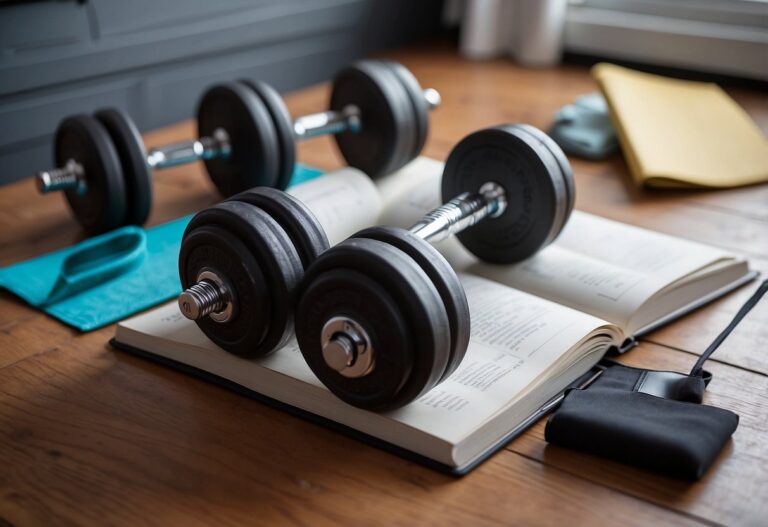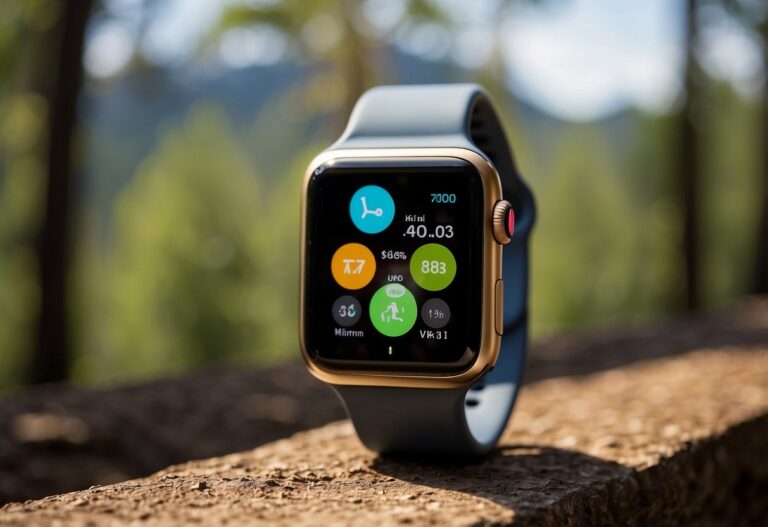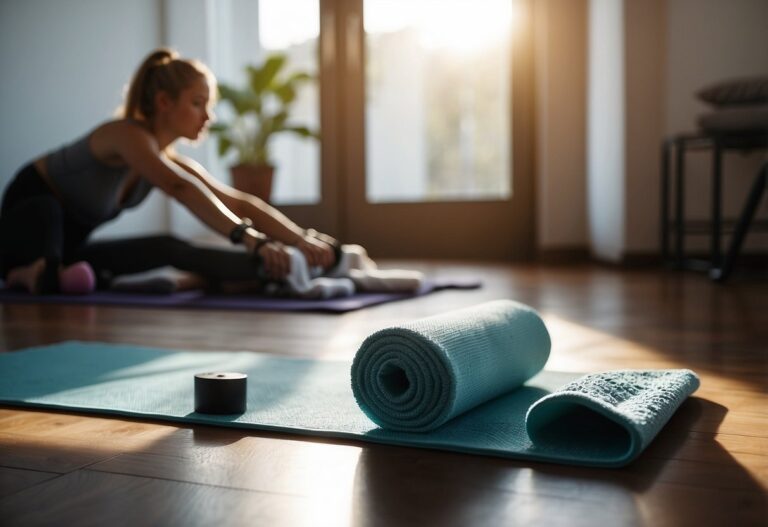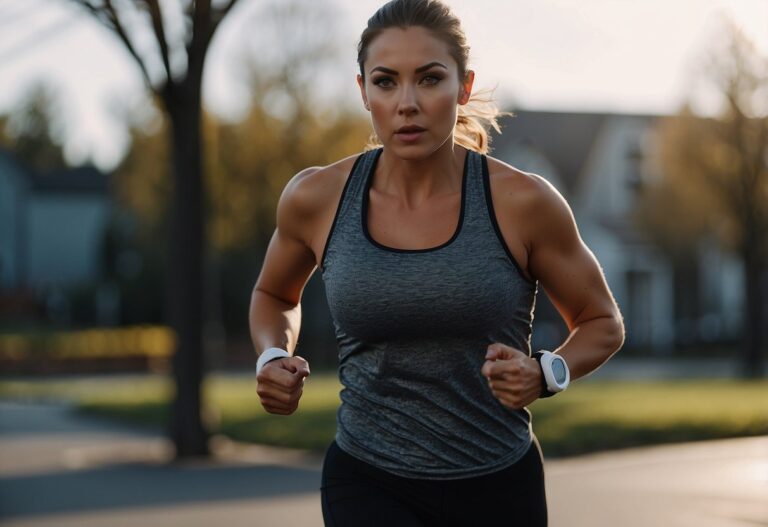When it comes to building strong and defined arms, focusing on your triceps is key. You might think that biceps get all the attention, but triceps make up a larger portion of your upper arm. So, if you’re aiming to improve your arm strength and appearance, barbell exercises specifically targeting the triceps should be a part of your workout routine.
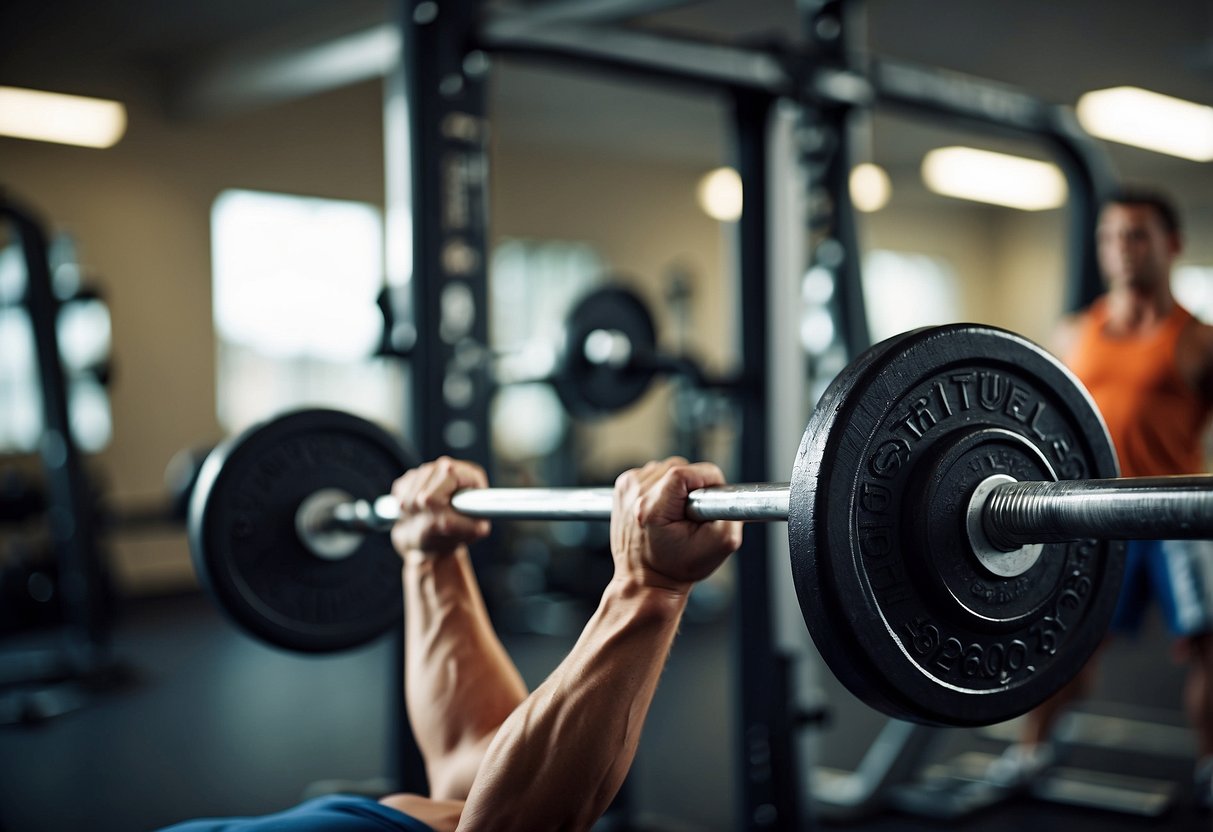
Using a barbell for your tricep workouts can provide you with the resistance needed to effectively build muscle and increase strength. What are the best tips to ensure you’re getting the most out of your barbell tricep exercises? This article aims to provide you with practical advice and techniques to help maximise your efforts and achieve stronger, well-defined triceps.
Close-Grip Bench Press
The close-grip bench press is a fantastic exercise to target your triceps. By using a narrow grip on the barbell, you shift the emphasis from your chest to the back of your arms.
To start, position yourself on a flat bench. Make sure your eyes are directly under the barbell. Grab the barbell with an overhand grip, keeping your hands shoulder-width apart or a bit closer. This setup helps to activate the triceps more effectively.
As you lower the bar, focus on keeping your elbows close to your torso. This will place more load on your triceps and less on your chest. Remember to stay tight and controlled during the descent.
When you push the barbell back up, exhale and extend your arms fully. It’s important to maintain a consistent tempo and avoid locking out too forcefully at the top.
If you are new to this exercise, consider using a spotter or starting with lighter weights. This can help you build confidence and ensure proper form while reducing the risk of injury.
For variation, some prefer using dumbbells. This can offer a different feel and may be easier on your wrists and shoulders.
Regularly incorporating the close-grip bench press into your routine can lead to stronger and more defined triceps.
Skull Crushers

Skull crushers are a fantastic exercise to target your triceps. You perform them lying on a bench, holding a barbell with a shoulder-width grip. Keep your elbows pointed towards the ceiling and lower the bar to your forehead.
Keep your upper arms still. Your elbows should be the only joints moving. This isolates your triceps and maximises the workout.
Using a controlled motion, lower the weight slowly. A deliberate rep speed helps prevent injury and ensures you’re working the muscles properly. If the weight is too heavy, you won’t be able to control the move.
Remember to exhale as you press up. Breathing out as you lift helps maintain stability and focus. Don’t rush the movement, and ensure you’re comfortable with your form before adding more weight.
For more details, refer to this guide on skull crushers.
Overhead Tricep Extension
The overhead tricep extension is an effective exercise for building and strengthening your triceps. Using a barbell, you can target all three heads of the triceps – long, medial, and lateral.
Stand with your feet shoulder-width apart. Hold the barbell with both hands, and raise it above your head. Keep your elbows close to your ears, then slowly lower the barbell behind your head.
When performing this exercise, it is important to maintain good posture. Engage your core and keep your back straight to avoid injury. Start with lighter weights and gradually increase as you get stronger.
Feeling a bit stuck? If lifting above your head feels uncomfortable, you might want to try the lying barbell extension. This variation can be easier on your shoulders. If you’re working out in a gym, cable tricep extensions are another great option for a controlled movement.
Tricep Dips

Tricep dips are a fantastic exercise to build strong arms. You can do them almost anywhere, making them super convenient. All you need is a sturdy bench or a chair.
To get started, sit on the edge of the bench with your hands next to your hips. Walk your feet out and slide your butt off the bench. Lower your body by bending your elbows until they hit a 90-degree angle, then push back up.
Remember to keep your legs extended and your back close to the bench. This will ensure you’re targeting your triceps effectively. Dips can be tougher as you go lower, so adjust the depth to match your strength level.
Cable Tricep Pushdown

Cable tricep pushdowns are a popular exercise for building and strengthening your triceps. They allow for a greater range of motion, which can lead to better muscle growth. Using a cable machine, you can adjust the weight easily and choose different attachments like a V-bar or rope.
First, set the cable pulley to the top of the machine and attach your desired handle. Stand facing the pulley and grab the handle with both hands. Keep your elbows tight to your body and your core engaged.
Push the handle down until your elbows are fully extended but not locked. Slowly return to the starting position, keeping control of the weight. Remember to keep your movements smooth to avoid strain.
Cable tricep pushdowns are versatile and can be varied with different grips and stances. This can keep your workouts interesting and target different parts of your triceps.
Reverse Grip Tricep Pushdown

The reverse grip tricep pushdown is an effective exercise for targeting your triceps. By using an underhand grip, you engage the long head of the triceps more. This can help in building both strength and size in your upper arms.
To do this exercise, grab the bar with your palms facing up. Keep your chest up and hinge slightly at the hips. Bend your knees a bit for stability. Pull the bar down to your chest, making sure your elbows stay close to your body. Avoid letting your elbows move behind your hips.
It’s important to maintain good form throughout the exercise. If you find your elbows flaring out, reduce the weight. Focus on slow and controlled movements to get the most out of your workout. This method will ensure efficient muscle activation and reduce the risk of injury.
Looking to switch things up? Pair your reverse grip pushdowns with other tricep exercises like overhead rope extensions or traditional tricep pushdowns. This varied approach can lead to better results in your overall tricep development.
Try incorporating these tips into your next workout for stronger, more defined triceps. For more detailed instructions, check out this complete guide.
Bench Dips

Bench dips are a great exercise for targeting your triceps. To start, place your hands on the edge of a bench with your legs extended in front of you. Lower your body by bending your elbows until they reach shoulder level. Then, push back up, squeezing your triceps.
It’s important to keep your body close to the bench. This helps to engage your triceps more effectively. Remember, don’t let your elbows exceed shoulder height to avoid injury.
For extra challenge, you can add a weight on your lap. This increases resistance and helps build strength faster. Make sure to maintain good form throughout the exercise.
Tricep Kickbacks

Tricep kickbacks are an excellent exercise for targeting the tricep muscles at the back of your upper arms. You can do these with either a barbell or dumbbells, depending on your preference. This move helps in building the long head of your triceps, which adds to the thickness and definition of your arms.
To perform tricep kickbacks, stand next to a weight bench and hinge forward until your torso is nearly parallel to the ground. Hold a light weight in one hand and brace your other hand on the bench for support. Extend your arm backwards in a ‘kicking’ motion while keeping your elbow still.
Using a barbell for tricep kickbacks can be a bit more challenging than using dumbbells. It can help you achieve a more intense workout due to the added weight. Remember to start light and gradually increase the weight as you become more comfortable with the movement.
For beginners, it might be easier to start with just the movement itself without any weights, focusing on the squeeze at the top of the motion. This will help you build strength and ensure proper form before adding resistance.
If you’re looking for more detailed guidance, sites like GymGeek provide illustrated guides to help you get started with tricep kickbacks.
Incline Dumbbell Tricep Extension
The incline dumbbell tricep extension is an excellent exercise for targeting the back of your arms. Begin by lying back on an incline bench set at about 30-45 degrees. Hold a dumbbell in each hand with a neutral grip.
As you lower the dumbbells, make sure your forearms are parallel to the floor. This ensures a good stretch. Keep your elbows in and avoid them flaring out. Using your triceps, push the dumbbells back up until your arms are fully extended.
Perform this exercise for 3-4 sets of 8-15 reps for the best results.
Diamond Push-Ups
Diamond push-ups are a fantastic exercise to target your triceps. To do them, place your hands close together under your chest so your thumbs and index fingers form a diamond shape. Lower your body until your chest nearly touches your hands, then push back up.
This exercise is great for triceps because it requires a narrow grip, which shifts the focus away from your chest muscles and onto your triceps. Additionally, research has shown that this hand position activates more muscle fibres in your triceps.
Avoid common mistakes like not progressing your reps or load. Without progression, your muscles won’t adapt and grow. Also, keep your torso and posture rigid to avoid unnecessary stress on your shoulders. This keeps the movement safe and effective.
Benefits of Barbell Tricep Workouts

Focusing on barbell tricep workouts can significantly improve your muscle development and strength. By incorporating these exercises, you can achieve noticeable differences in both the size and effectiveness of your triceps.
Muscle Development
Barbell tricep exercises are excellent for building muscle mass in your arms. When you use exercises like the close grip bench press, you target the triceps directly. These movements require a lot of effort, which leads to muscle growth.
You also benefit from the increased time under tension. This is crucial for hypertrophy, which is the increase in muscle size. Barbell movements, such as tricep extensions, force your muscles to work hard during each rep, contributing to greater muscle mass.
Moreover, different angles and variations can hit all parts of the triceps. By changing your grip or the angle of the barbell, you can ensure balanced muscle development. This variability helps in achieving a more defined and symmetrical look.
Improving Strength
Barbell tricep workouts are highly effective for enhancing your arm strength. Exercises like the bench press and overhead press are great for building strength, as they require you to lift and control heavy weights.
When you regularly perform these lifts, you not only increase your tricep strength but also improve your overall arm strength. This improvement can greatly benefit other compound movements, such as the bench press and deadlift, making them easier to perform.
Additionally, increased tricep strength can enhance your daily activities. For example, lifting and pushing objects becomes less strenuous, showcasing the practical benefits of stronger arms. Integrating barbell tricep exercises can provide long-term strength gains that positively impact both your workout routine and everyday life.
Common Mistakes to Avoid
It’s easy to make mistakes with barbell tricep workouts, which can lead to injuries or compromised results. Learn about common errors people often make, so you can avoid them and achieve better outcomes.
Poor Form
Using incorrect form is a widespread issue during barbell tricep exercises. This often happens when you let bad habits slip in, like leaning or bouncing the weight. Keeping your back flat on the bench is crucial during moves like the barbell lying triceps extension, ensuring stability and effectiveness.
Another common mistake is using too much weight and sacrificing form. For example, lifting too heavy can cause you to swing the barbell, which reduces the tension on your triceps and puts unnecessary stress on your joints. Always choose a weight that allows you to perform the exercise smoothly.
Elbows should be kept close to your body to target the triceps effectively. Flared elbows can lead to injury and reduce the exercise’s effectiveness. Make sure to lower the barbell in a controlled manner to maximise muscle engagement and minimise the risk of injury.
Overtraining
Overtraining is another common pitfall. Doing too many sets or not allowing enough recovery time can hinder your progress and potentially lead to injuries. Your muscles need time to repair and grow stronger, so rest days are essential.
Signs of overtraining include persistent soreness, fatigue, and reduced performance. To avoid this, limit your tricep workouts to a few times a week, and make sure you’re not doing exercises that overuse the same muscles on consecutive days. Balance your workouts with adequate rest and recovery periods.
Pushing too hard can also impact your joints, so be mindful of how your body feels. If you notice any pain that isn’t just muscle soreness, take a break and recover fully before your next session. Keeping track of your workout patterns can help you stay in tune with your body’s needs and prevent overtraining.


